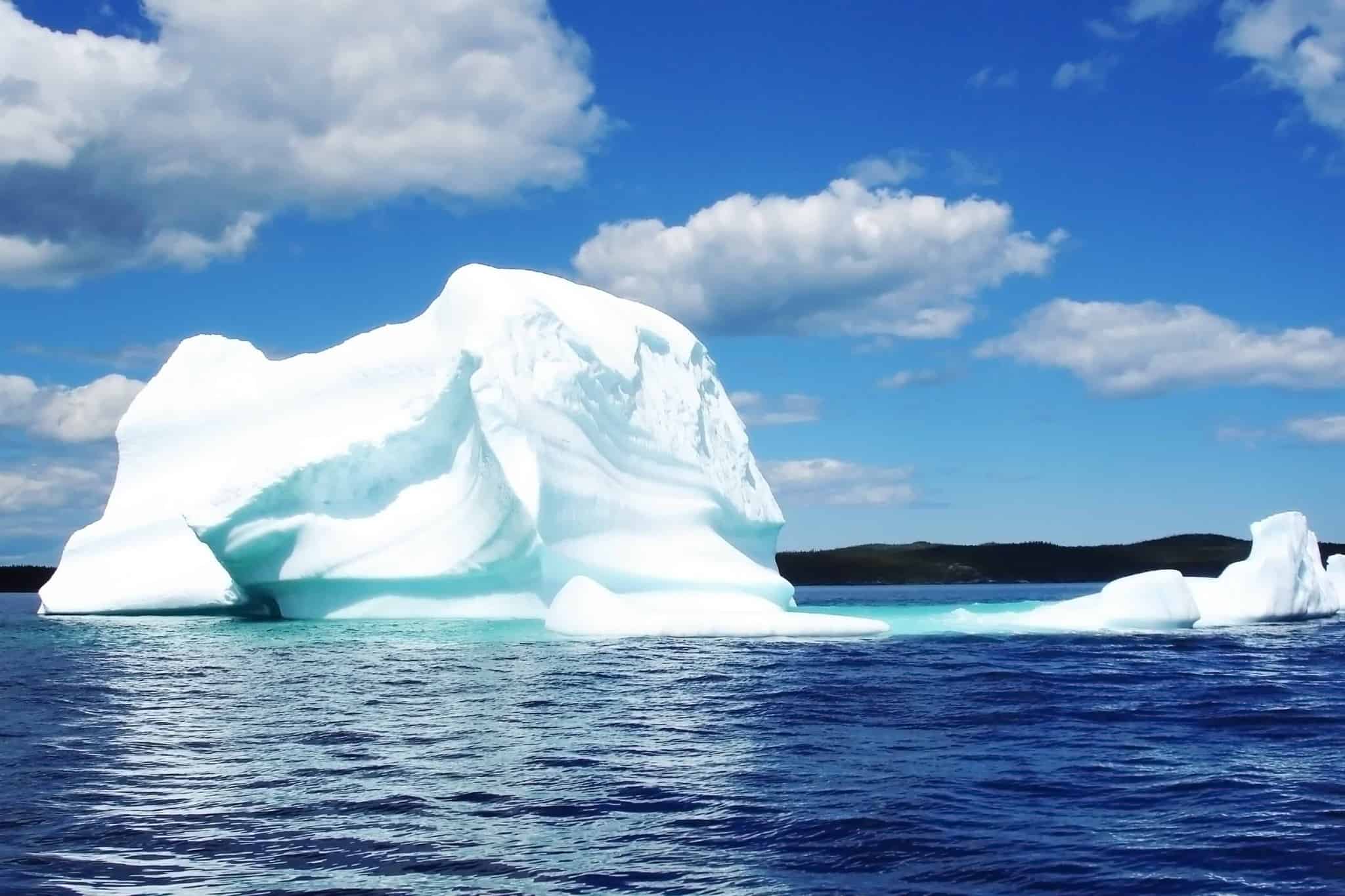
You may not think of glaciers very often. After all, to the average person, they are little more than giant chunks of ice floating around somewhere far away. And in a sense, those who think this are correct. A glacier is fundamentally nothing more than the accumulation of snow compacted over thousands of years to become solid ice. The ice’s density allows the glaciers to float slowly, creating massive rivers of ice that can, over centuries, carve and reshape entire landscapes. Yet, they do much more than float around and break down rocks. Their role in Earth’s delicate environment is much more significant than one might initially consider.
How do glaciers impact the environment?
Glaciers hold 68.7% of the total freshwater found on Earth and can be found primarily in polar regions. In fact, according to the United States Geological Survey (USGS), 91% of glaciers are found in Antarctica, while the rest float around in regions like Greenland, Alaska, South America, and New Zealand. These giant masses of ice supply fresh running water to the environment as they slowly melt throughout warmer, dryer seasons. This allows for life to flourish and survive harsh conditions year around. Additionally, as glacial water melts, its exceptionally cold temperature creates a dense body of water compared to the rest of the ocean. This allows it to sink to the bottom of the sea and travel south. As this happens, the warmer water that’s had some time to heat up with the sun and the atmosphere rises to the top and heads to the poles, primarily the North pole, where it will freeze and sink over time. This constant movement of water is what brings us ocean currents.
Sea Level
If a glacier is unable to replenish its volume at the same rate as it melts, the quantity of water being released into the ocean will substantially increase. This has led to a rise in the Earth’s sea level, resulting in extreme and abnormal flooding in coastal regions. In some cases, such as the Solomon Islands, these ecosystems and communities have already begun to disappear entirely. Those who survive the floods, rains, and hurricanes are often left displaced and with millions of dollars worth of damages.
Tides and currents
As glaciers melt at increasing rates, not only does the sea level rise, the water becomes more even in temperature. This means that some of the extremely cold water that would usually sink to the bottom of the ocean and travel south is no longer cold enough to do so. Without these temperature changes, ocean currents cannot move at the same rate as before, slowing down or stopping ocean currents altogether in some areas. Consequently, the warmth normally brought to the northern hemisphere from southern regions does not make the trip, leading to dangerous, extreme temperatures and weather patterns that exacerbate climate change.
How can you help keep glaciers intact? The release of carbon dioxide and other greenhouse gasses into the atmosphere primarily contributes to the Earth’s rising atmospheric temperature. As a consumer, the impact of the manufacturing, agricultural, and production processes of the products we consume should be considered before buying. This means opting for products that require less processing and energy, using transportation that releases less or ideally no greenhouse gasses into the atmosphere and eating foods that are produced using sustainable practices. There are more sustainable ways to create and use energy, which is essential for the survival of the world’s glaciers and a more sustainable future. Visit Smart Energy Education, Watt Watchers and Resourcefulness.org to learn more about our energy resources and how you can make a difference.
We'd love to help answer any questions and help you get started! Drop us a line and we'll get back to you as soon as we can.
Watt Watchers of Texas
204 E. Dean Keeton Street, Austin, Texas 78712
contact@watt-watchers.com
Nos encantaría contestarle cualquier pregunta que tenga y ayudarle empezar! Envíenos un mensaje y nos pondremos en contacto con usted lo antes posible.
Watt Watchers de Texas
204 E. Dean Keeton Street, Austin, Texas 78712
contact@watt-watchers.com